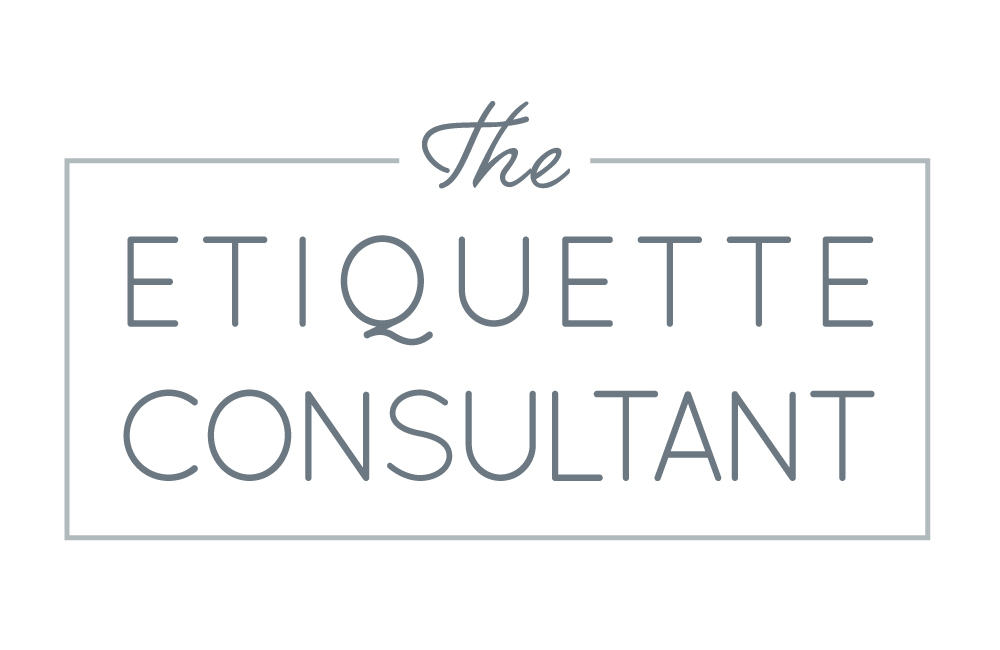Cheat Sheet #1 may have prepared you for the selection of glasses at a formal table setting but what about cutlery? Cocktail fork, salad fork, fish fork, dinner fork, dessert fork...where to start? Don’t worry, a little knowledge goes a long way.
Outside to inside: Knives and spoons are placed on the right of the place setting and forks are placed on the left (with a few exceptions mentioned below). Remember always to use the cutlery from the outside first, working inwards for each course.
Forks: When forks are placed on the left side of the plate, the first fork to use will be the outside one, perhaps for an appetizer or salad. Then for the following course use the next fork, perhaps for a fish course, until you reach the last one closest to the plate which will be the dinner fork (unless you are dining in Britain, where you might find the dessert fork closest to the plate). There may be two, three or four forks on the left side of the plate. The only fork placed on the right side of the place setting would be an oyster fork, which would be the very first fork you would use. If a fork is placed above the plate it will be for dessert.
Knives: Knives are placed on the right side of a formal place setting. Again, the first knife to use will be the outside one, then for the next course use the next knife, until you reach the last one closest to the plate which will be the dinner knife (the same order as for the forks). Sometimes there may be no knife to accompany a salad course, and there may be a knife above the plate alongside a fork and spoon for the dessert and cheese course. A small additional knife is placed on the bread plate, which is for spreading your butter.
Spoons: Beside the knives you may find a teaspoon, possibly for a sorbet and soup spoon which will be furthest to the right away from the plate (sometimes the oyster fork will be placed on top of the spoon). A dessert spoon may be placed horizontally above your plate, spoon facing left, fork right.
Sometimes the rules of etiquette and fine dining can seem ridiculous or intimidating, but in fact, understanding these rules removes the worry and uncertainty and lets you relax and enjoy the food and company! That said, if you find yourself confused by all the utensils, simply take your cues from others at the table, as it’s always polite to wait, after all!
Julia Esteve
The Etiquette Consultant


